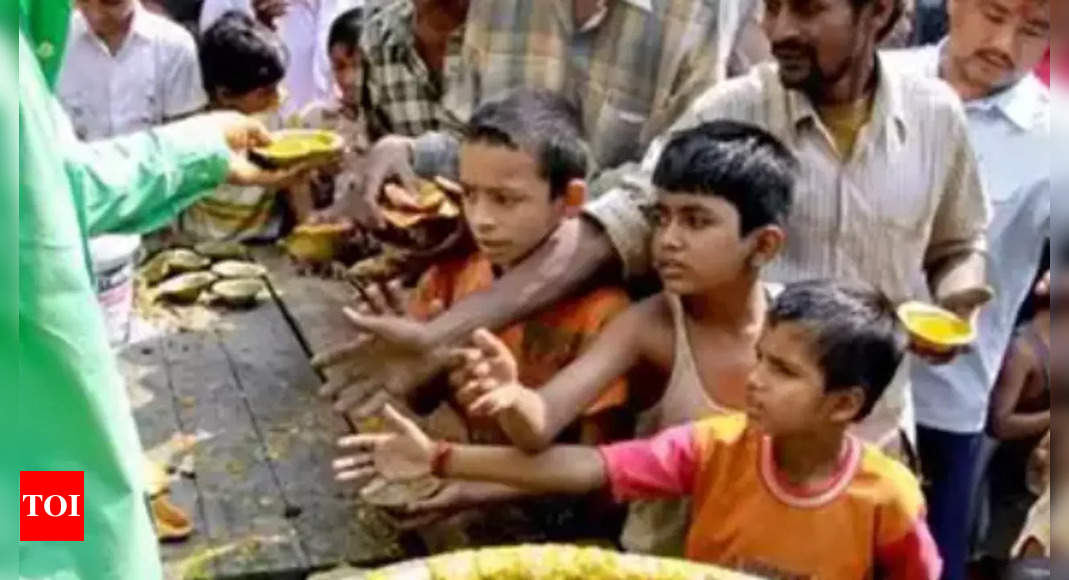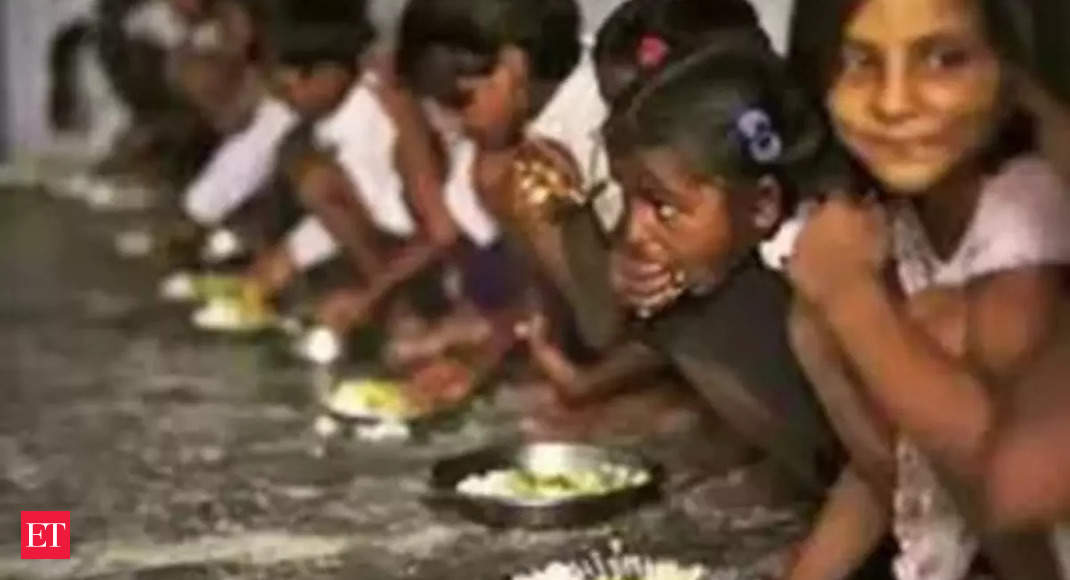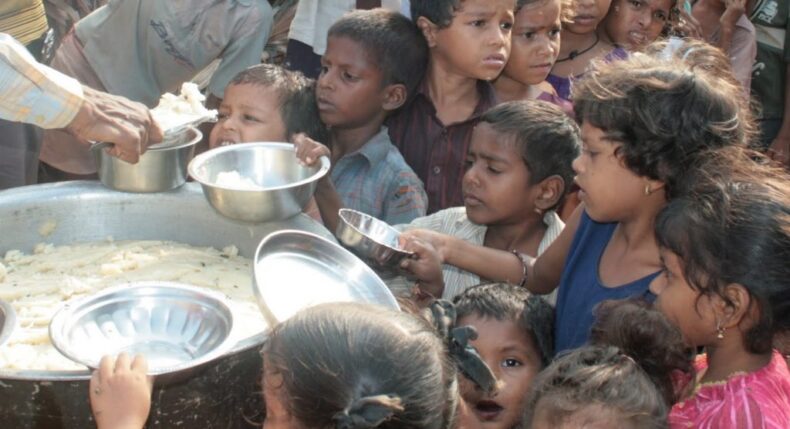By- G Brinda
The Global Hunger Index (GHI) 2022, which placed India at number 107 out of 121 countries, was harshly criticized on Saturday by the Indian government. The government claimed that the yearly study was “biased and distant from ground reality.
A technique for fully measuring and monitoring hunger at the international, regional, and national levels is the Global Hunger Index (GHI). Undernourishment, child stunting, child wasting, and child mortality are the four component indicators on which the Global Health Index (GHI) scores are based. The GHI score is determined using a 100-point scale, with zero representing the best result (no hunger), and 100 representing the worst.
China is one of the nations with a score of less than five that are collectively ranked between 1 and 17.
India’s reputation as a country that does not meet the food security and nutritional needs of its population is being tarnished, the women and child development ministry claimed in a statement. The women and child development ministry issued a statement saying that “misinformation seems to be the characteristic of the yearly released Global Hunger Index.”
According to the report, the values of four indicators—undernourishment, child stunting, child wasting, and child mortality—are used to calculate GHI scores.
Stunting describes the proportion of children under the age of five who are short for their age, whereas wasting describes children who are short for their height and are chronically malnourished. The GHI 2022 reported that India has the “highest child wasting rate of any country” at 19.3%.

The ministry stated that three of the four variables used to calculate the index were connected to children’s health and could not be considered representative of the general population. “The fourth and most significant indicator estimate of the population’s proportion of undernourished (PoU) is based on an opinion survey with a very small sample size of 3,000,” according to the report.
The prevalence of undernourishment, which is an indicator of the population’s proportion that experiences chronic dietary energy intake insufficiency, increased in the nation from 14.6% in 2018-2020 to 16.3% in 2019-2021. Out of the 828 million undernourished individuals worldwide, this corresponds to 224.3 million people live in India.
The other two measures, child stunting, and child mortality have both improved in India. Between 2014 and 2022, child stunting decreased from 38.7% to 35.5%, while child death decreased from 4.6% to 3.3%. India has overall seen a small deterioration as evidenced by its GHI score, which rose from 28.2 in 2014 to 29.1 in 2022. Despite being an annual report, the GHI’s ranks cannot be compared between years. Only the GHI scores from 2000, 2007, and 2014 can be used to compare the 2022 scores.
The fight against hunger has mostly stagnated on a global scale in recent years. The global GHI score in 2022 is rated as “moderate,” yet the difference between 19.1 in 2014 and 18.2 in 2022 is merely marginal. This is because of converging issues like war, climate change, COVID-19’s economic effects, and the Ukraine War, which has driven up the cost of food, gasoline, and fertilizer around the world and is predicted to “worsen hunger in 2024 and beyond.”

According to the research, there is “severe” or “alarming” hunger in 44 nations, and neither the globe as a whole nor about 46 countries are expected to achieve even low hunger as determined by the GHI by 2030.
In a response through email, Laura Reiner, Senior Policy Officer for the Global Hunger Index, explains why the GHI values cannot be compared to those from the previous year. “Each set of GHI ratings incorporates data from a 5-year period,” she writes. We choose previous reference years so that the data utilized for the calculations do not originate from overlapping years in order to demonstrate development through time.
According to economist Himanshu of the Jawaharlal Nehru University, we have not paid attention, thus our development in nutrition, health, and education is slow. Human development has not turned into a political issue, despite headline figures like the GDP receiving more attention.
The government had stated in December of last year regarding the hunger index’s persistent findings of low levels of nutrition in India: “The report completely disregarded the government’s economic response to Covid-19, which included providing free foodgrains to 80 crore people under the National Food Security Act.”












